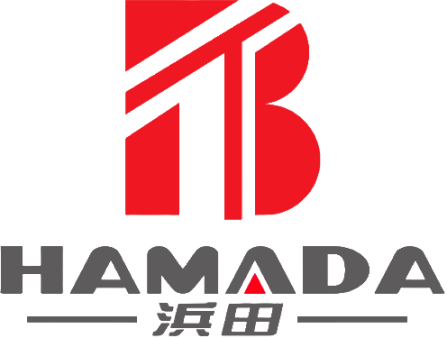Do Harmonic Drives Have Backlash? Exploring the Precision of this Unique Gear System
Do Harmonic Drives Have Backlash
Harmonic drives are celebrated for their precision and reliability, making them the go-to choice in industries like robotics, aerospace, and automation. One of the key attributes that engineers often seek in these applications is the absence of backlash—a common issue in conventional gear systems that can lead to inaccuracies in motion control. So, the question arises: Do harmonic drives have backlash?
Backlash refers to the slight movement or play between gear teeth when the direction of rotation changes. In traditional gear systems, this can result in a loss of precision, especially in applications requiring exact positioning. However, harmonic drives are specifically designed to minimize or even eliminate backlash, which is one of the reasons they are so highly regarded in precision-dependent fields.
The unique construction of a harmonic drive plays a significant role in reducing backlash. A harmonic drive consists of three main components: the wave generator, the flexible spline, and the rigid circular spline. The wave generator, which is an elliptical cam, flexes the flexible spline, allowing it to engage with the circular spline in a manner that creates a very tight fit between the gear teeth. This tight fit minimizes any gaps between the teeth, effectively reducing the play that would typically result in backlash.
In practice, most harmonic drives exhibit near-zero backlash. This is a major advantage in applications such as robotic arms, CNC machines, and aerospace systems, where even the slightest deviation can lead to significant errors or inefficiencies. The near-zero backlash of harmonic drives ensures that motion is transmitted with high accuracy, maintaining the integrity of the desired movement.
While harmonic drives are known for their minimal backlash, it’s important to note that some extremely high-precision applications might still measure a tiny amount of backlash, though it is often negligible. The level of backlash can also depend on the specific design and manufacturing quality of the harmonic drive. However, in general, harmonic drives are considered one of the best options for applications where minimal or zero backlash is critical.
In conclusion, harmonic drives are designed to offer near-zero backlash, making them ideal for high-precision applications. Their unique construction ensures that motion is transmitted accurately and reliably, without the play or slack that can compromise performance in other gear systems. For engineers and designers seeking precision and reliability, harmonic drives provide a solution that effectively addresses the challenges of backlash.
 English
English Español
Español Português
Português русский
русский français
français 日本語
日本語 Deutsch
Deutsch Tiếng Việt
Tiếng Việt Italiano
Italiano Nederlands
Nederlands ไทย
ไทย Polski
Polski 한국어
한국어 Svenska
Svenska magyar
magyar Malay
Malay বাংলা
বাংলা Dansk
Dansk Suomi
Suomi हिन्दी
हिन्दी Pilipino
Pilipino Türk
Türk Gaeilge
Gaeilge عربى
عربى Indonesia
Indonesia norsk
norsk اردو
اردو čeština
čeština Ελληνικά
Ελληνικά Українська
Українська Javanese
Javanese فارسی
فارسی தமிழ்
தமிழ் తెలుగు
తెలుగు नेपाली
नेपाली Burmese
Burmese български
български ລາວ
ລາວ Latine
Latine Қазақ
Қазақ Euskal
Euskal Azərbaycan
Azərbaycan slovenský
slovenský Македонски
Македонски Lietuvos
Lietuvos Eesti Keel
Eesti Keel Română
Română Slovenski
Slovenski मराठी
मराठी Српски
Српски
Application and Exhibition of Harmonic's HMA Motors in Semiconductor Cleaning Equipment
Harmonic's HMA motors, with their superior performance, have become indispensable precision power sources in semiconductor cleaning equipment. During the cleaning and drying process, HMA motors (such as the HMAB12) deliver stable output speeds up to 4800 rpm, ensuring uniform drying of wafers during high-speed rotation and preventing residual droplets from impacting subsequent processes.
Read MoreAnalysis of Harmonic Drive Harmonic Drive Gearbox Applications in the Global Semiconductor Cleaning Equipment Market
In the semiconductor manufacturing industry, cleaning equipment, as a critical link in wafer processing, places extremely stringent requirements on the precision and reliability of its transmission systems.
Read MoreHigh-Precision Applications of Harmonic Drive Harmonic Gear Reducers in Semiconductor Polishing Equipment
In the front-end processes of semiconductor manufacturing, chemical mechanical planarization (CMP) polishing equipment places extremely stringent requirements on the precision and reliability of transmission components.
Read More